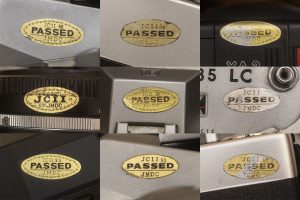
It doesn’t take long to be a camera collector to have come across one of those oval gold foil PASSED stickers on many Japanese optical products. While it was common practice by many original owners of Japanese camera or lens owners to remove this sticker, many still remain in various stages of condition. Some stickers are still shiny and round, whereas others are faded and sticky.
The obvious purpose of these stickers was as some sort of quality control inspection, but that only tells a fraction of their purpose, so it was with great interest that I saw this story, originally published in the April 1974 issue of Modern Photography
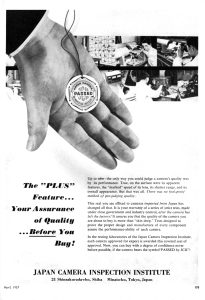
Those stickers were a product of something called the JCII and JMDC or Japan Camera Inspection Institute and Japan Machinery Design Center which were first created out of a need to improve the world’s perception of Japanese cameras and other optical equipment.
In the years following World War II, western countries like the United States didn’t have much respect for Japanese products, and for good reason. For starters, they were our enemy in the war, but the few Japanese products we did have exposure to, generally made low quality “toy-like” products, so when an American photographer was looking for a new camera, they would much rather buy something American or German made.
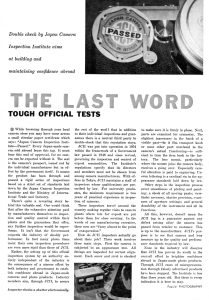
In 1954, the JCII was created by the Japanese government as a way to establish a set of guidelines and expectations that Japanese products were of high quality and wouldn’t further diminish the reputation of Japanese made products. The JMDC was created in 1959 because the government was upset at how many Japanese products were near identical copies of German models. I found this especially interesting as in the 1950s the number of Rollei and Leica copies were immense, but by the 1960s what few screw mount rangefinders were still being made like the Canon 7 were very different from their originals, and the massive amount of Rollei TLR copies had almost completely vanished.
The article goes on to explain how the JCII’s testing regiment worked, that it wasn’t a requirement to test each and every item that the sticker was affixed to, or how more reputable brands and models were tested less frequency if they had a history of passing.
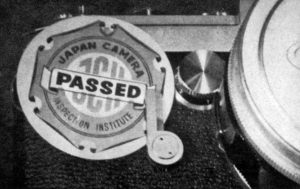
By the time this article was written in 1974, both the JCII and JMDC’s original purposes were no longer needed as the Japanese camera industry had well established itself as a premiere industry. No one questioned the quality of products made by companies like Nippon Kogaku, Canon, Olympus, Minolta, and several others. With their original goals met, the JCII and JMDC’s function evolved into developing testing standards that helped to continue progress of the industry.
This is a short article but one worth reading because I think it’s unique in that it the Japanese government knew they could be better, and through a process of self-policing and establishing standards, proved it. Imagine if the American or even post war German camera industries had done something like this, perhaps we wouldn’t have had Kodak’s disc format cameras!
All scans used with permission by Marc Bergman, 2020.

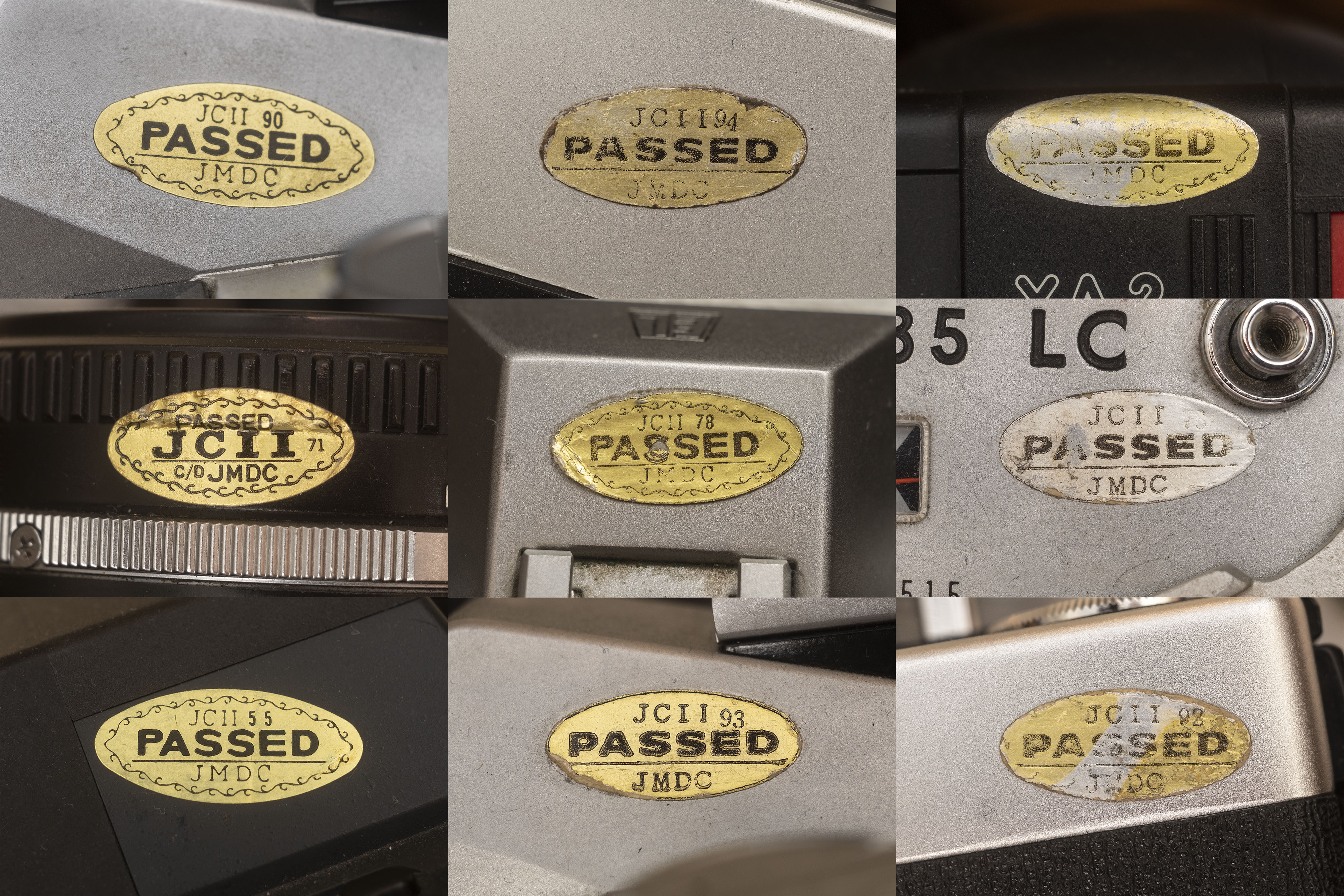
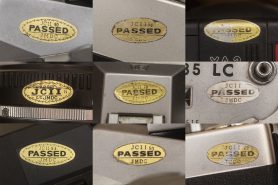
I had often wondered what those intials stood for Mike. Great find of the article. Very interesting stuff especially to a camera nerd like myself. I have often come across the two different stickers but never the token. Thanks as always for keeping up the terrific work.
Mike, good to be reminded what this little sticker means. When I first read about them, probably an article in the UK’s most popular photographic weekly, the Amateur Photographer, I’d assumed, as no doubt most did at the time, that their particular camera had passed. So I felt a little deflated to learn that the sticker related to batch samples only and not my camera. Still, at least it was better than nothing and did cement trust in most of the Japanese camera industry, which was indeed backed up by product reliability, much akin to our belief today that German is best in many other fields.
Thanks Terry! I wonder how far the Japanese camera industry would have come had it not been for the efforts of the JCII and JMDC. The complete disappearance of near-identical German copycat cameras is definitely noticeable starting in the 1960s.
Very nice and interesting article. Thank you so much, finally I had a clear idea of what that stick means.
If you go to Tokyo, you can see the JCII museum, which has a great exhibit of camera history. Not far away is their gallery and photography library. Most signs were in Japanese when I was last there, but it is a nice pilgrimage to the place where the gold seal called home.